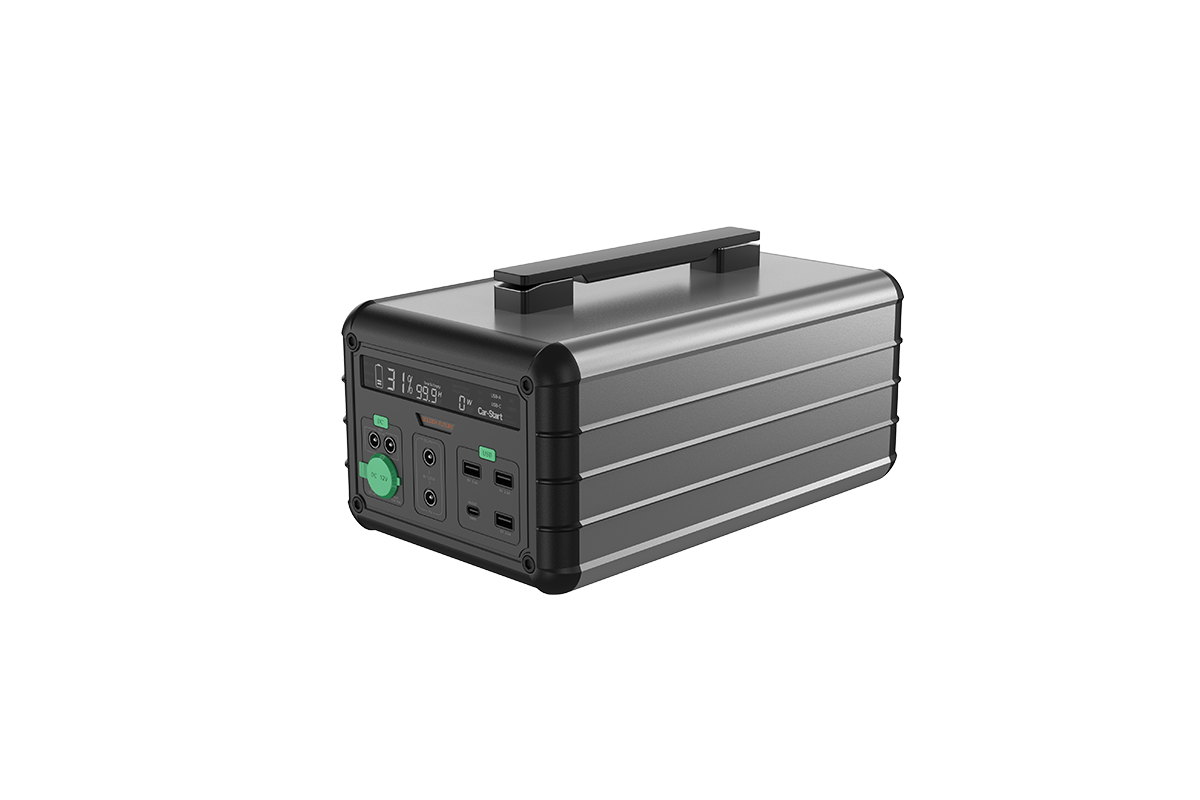

Time:2025-04-17 Views:1

Lithium - polymer batteries have gained significant popularity in recent years due to their remarkable compatibility across a wide range of applications. This compatibility stems from several key features of these batteries.
One of the primary aspects contributing to their high compatibility is their flexible design. Lithium - polymer batteries can be manufactured in various shapes and sizes. This flexibility allows them to be easily integrated into different types of devices, from the sleek and compact designs of smartphones and wearable electronics to the more complex and space - constrained setups in drones and electric vehicles. For example, in the case of smartphones, the ability to customize the battery shape enables manufacturers to maximize the use of internal space, fitting in a larger battery capacity without sacrificing the overall form factor.
In terms of voltage compatibility, lithium - polymer batteries typically operate within a voltage range that is suitable for most modern electronic components. Their nominal voltage of around 3.7 volts (for single - cell configurations) can be easily stepped up or down using voltage regulators to meet the specific power requirements of different devices. This makes them a versatile power source for devices that require different operating voltages, such as tablets, which may need a higher voltage to power their displays and processors, and small sensors that can function with a lower voltage.
Moreover, lithium - polymer batteries are compatible with a wide range of charging systems. They can be charged using standard USB chargers, which are commonly available in households, offices, and public charging stations. Additionally, they are suitable for use with more advanced fast - charging technologies. This compatibility with different charging methods makes them convenient for users, as they can charge their devices using various available charging sources.
Lithium - polymer batteries also show good compatibility with different environmental conditions. They can operate over a relatively wide temperature range, from - 20°C to 60°C in many cases. This allows them to be used in different geographical locations and in various applications, whether it's a device used outdoors in cold winter conditions or one that is exposed to heat in a hot climate.
Read recommendations:
home energy storage system battery Production
Safety Analysis of Hydride Energy Storage Batteries